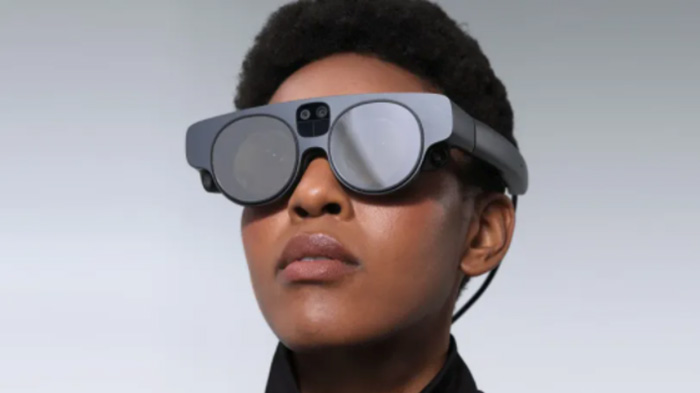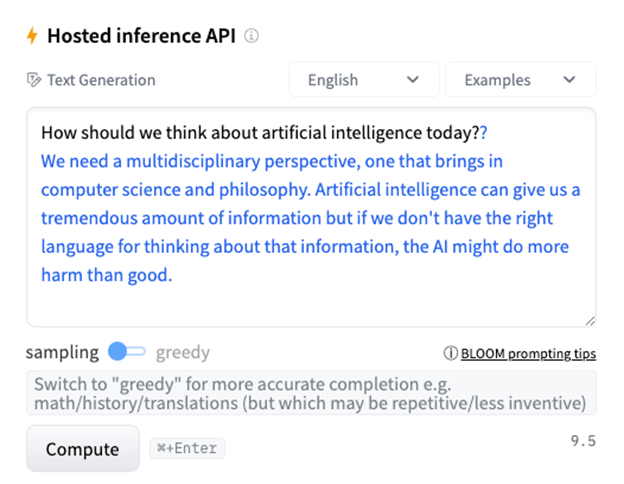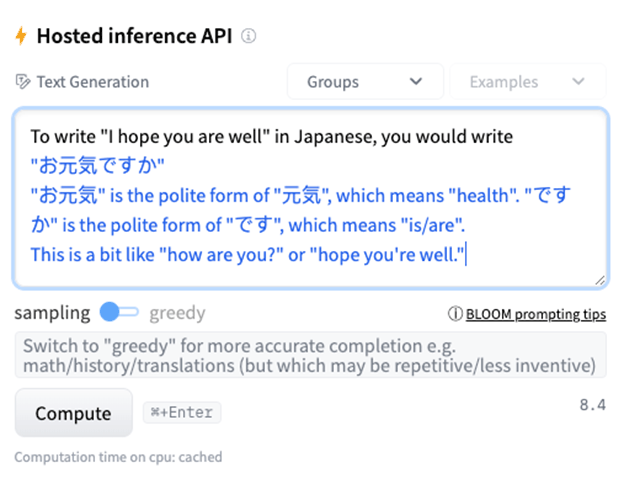Dear Reader,
Sand is not something that comes to mind when we think of warfare.
Most of us would instead think of a golden beach in a beautiful location, a sandcastle, or that feeling of sand between our toes.
Yet the utility of sand is far greater than we might think.
Silica sand, for instance, has high concentrations of quartz and is the base material input for all semiconductors… And sand from rivers and coastlines is best suited for making glass, concrete, and even asphalt. The largest use of this kind of sand is for the construction industry to build cities, and even reclaim land.
Which brings us to China.
Nearly 40% of the world’s consumption of sand aggregates is used by China. To put things into even further perspective, in the last four years alone, China has used more sand and gravel than the U.S. has in the last century. That’s hard to imagine I know, but having personally visited so many of the megacities in China over the years and witnessed the torrid pace of constructure, it is easy to believe.
And that brings us to Taiwan. For the last few years, China has been aggressively dredging the sand of the coastlines of the Taiwanese Matsu Islands. The problem is that the islands are in a tricky spot, only 5.5 miles off the coast of China:

Source: Financial Times
The precarious location of the Matsu Islands makes them difficult for Taiwan to patrol and defend. And the “theft” of the sand, which Taiwan sees as illegal, is literally eroding the coastline of the islands.
What makes these developments so odd is that China clearly has enough coastline of its own to dredge all the sand that it wants without disturbing Taiwan’s territory.
China has the 10th longest coastline of any country in the world at 14,500 kilometers, which is why its actions against Taiwan are a form of warfare. It doesn’t need to do so, but it is doing it because it can, to exert pressure on Taiwan bit by bit.
And it’s not just the sand. China has been increasingly stepping up the number of military sorties into Taiwan’s air defense identification zone. In the first half of this year alone, it has already flown 555 sorties, 398 of which included combat aircraft.
The pressure is clearly ramping up.
China sees an opportunity to assert control over Taiwan, and its economic engine, which would give it an even more powerful position on the global stage. With all the conflict and chaos in Europe right now with countries keenly focused on basic necessities like food and fuel – and the state of affairs with the current U.S administration – China couldn’t ask for a better time to strike.
I doubt it will be an all-out military conflict though. China’s best interests are to preserve the success of Taiwan’s incredible economic engine, especially in light of China’s own economic challenges right now.
It is far more likely that control will be systematically established similar to how it has been taking the sand from the Matsu Islands… inch by inch.
Now, before we get to the rest of today’s issue, I want to alert readers about an event I’m hosting in one week.
The rules of investing have changed this year. We’re all seeing red in our portfolio (including me) as stocks and cryptos have tumbled. We need a new strategy. This investing style is the best way I know how to weather these volatile markets and see outsized gains no matter where stocks go next.
Next Wednesday night, July 27, I’ll share all the details… and explain how these investments can protect and grow our wealth… no matter what the market does.
If readers haven’t yet signed up, I’d encourage going right here to RSVP for free.
Big news in the augmented reality (AR) space: Magic Leap just released the long-awaited Magic Leap 2. The product will launch in September.
As regular readers may remember, I tested out the Magic Leap One headset in AT&T’s Manhattan location back in December 2019. There was a lot of hype around Magic Leap at the time, and for good reason… The demos were fantastic.
In fact, the augmentation and depth perception were extraordinary. For the sake of newer readers, here’s a look at one of the demos I experienced:
Dr. Grordbort’s Invaders Game

Source: Magic Leap
We can see why Magic Leap was such a hot company at that time. Indeed, this was one of the hottest companies in the venture capital (VC) space. Magic Leap took in over $3 billion in VC investment from 2012 through 2019, and the company was valued at nearly $7 billion before commercializing its product.
But then Magic Leap hit the wall. The company just couldn’t get its development units out into the marketplace. The tech simply wasn’t ready for mass market adoption.
Then there were rumors of some financial trouble, the CEO stepped down from the company, and new management and funding were brought in. And the new investment happened at a much lower valuation – something that’s referred to as a down round. It raised $500 million at only a $2 billion valuation – over three times less than what it was worth previously.
A big reason for this valuation adjustment is the fact that Magic Leap scrapped its plans to launch an AR product for the consumer market… this would have represented a massive market opportunity.
Instead, the company pivoted to the enterprise space. The Magic Leap 2 headset is designed for enterprise customers only. That means it’s designed to be used in the workplace. Here it is:
Magic Leap 2

Source: Magic Leap
Here we can clearly see that this wasn’t designed for everyday use. They have a big and bulky form factor. Nobody would be walking around town with a pair of these on.
And we can see there’s a cable attached – that leads to a computing pack that users wear around their waist. Again, that’s not conducive to mass-market consumer adoption.
That said, it’s quite an impressive system. The computing pack uses AMD’s 7 nanometer (nm) quadcore central processing unit (CPU). This is something we find in high-performance laptops.
The pack also employs a high-performance graphics processing unit (GPU) from AMD as well. And Magic Leap loaded it with inertial sensors, 3D sensors, and other leading-edge technology.
So the tech is great. But the real question for me is – how big is the market?
We have already seen companies come out with solid AR products geared toward enterprise customers. Microsoft’s HoloLens is a great example.
However, none of these AR products have done well. Some have failed completely. Nobody’s been able to find a segment of the enterprise market where there’s enough adoption to justify continued development.
So I see the launch of Magic Leap 2 as the company’s final test. If it flops, I suspect the Magic Leap story will come to an end. We’ll likely see the company’s technology and intellectual property (IP) go up for sale in an asset purchase to another company.
Still, I’m excited to see the Magic Leap 2 in action. I will try to get my hands on one to see what it can do.
I’m almost certain that five years from now, we’ll look back at 2022 as the year we hit a critical inflection point in artificial intelligence (AI).
We’ve previously had a look at major developments around advanced AI language models like OpenAI’s GPT-3, Meta’s OPT, and Google’s LaMDA. These are all AIs that most consumers wouldn’t be able to distinguish from a human in chat-based conversation.
But the high-end versions of these models are reserved for researchers, academic institutions, and, of course, the companies themselves.
Meta did make the lower-end version of its AI-based language model open source so anyone can use it. But thus far, the general public has not had access to the best AI-based models out there.
Until now.
An international group of open-source researchers known as BigScience just released an advanced AI model available to all, after about a year of hard work. This is a model that was trained on 176 billion parameters… making it on par with what OpenAI, Meta, and Google have developed. They call it Bloom.
What’s more, BigScience designed Bloom such that it supports 46 different languages and 13 programming languages. That means the AI can speak all the world’s top languages. And it can even write software code in the world’s top programming languages.
And like the big-tech models, Bloom can also write stories, develop instruction manuals, summarize long articles, and write customized computer programs.
My team and I had some fun testing Bloom out. To start with, we asked Bloom to generate text based on a question: How should we think about artificial intelligence today?
Here was the answer:

We also asked Bloom to help us translate English to Japanese. Here it is in action:

And here’s the most impressive part – BigScience developed this model at a fraction of the cost. All it took was $7 million in grant money. With this funding, BigScience trained the AI for three months using 384 of NVIDIA’s best GPUs.
For comparison, other models likely cost tens of millions of dollars to develop.
What we’re witnessing is the complete democratization of AI. Anyone can put Bloom to work – either using their own computers or by renting computing power in the cloud.
And here’s the most incredible part – this comes just months after the big developments from OpenAI, Meta, and Google that we discussed.
We’ve never seen such rapid development cycles before. The open source community is able to essentially duplicate the technology of the world’s most powerful and well-resourced companies, in a matter of months, for a fraction of the cost.
And with the technology now out in the wild, we are inevitably going to see some amazing breakthroughs even in just the next 12 months. We’re in for some radical change… and some pretty incredible investment opportunities.
I’m impressed with how quickly GameStop has followed through on its developments into the non-fungible token (NFT) space.
As a reminder, GameStop partnered with blockchain pioneer Immutable X to make this happen. There are two layers to the strategy.
The first layer is simply to have an NFT marketplace that can compete with other players like OpenSea. And that’s certainly the case. GameStop already has over 53,000 NFTs across 200 different collections trading on its marketplace.
The second layer to this strategy is to bring Web 2.0 games into a Web 3.0 world. This will be done by adding NFTs and “play-to-earn” incentives to the franchises that gamers already know and love. That has the potential to boost GameStop’s core business – gaming – significantly.
Of course, some might think GameStop’s timing here is terrible given all the volatility in the crypto markets. I don’t share that view.
GameStop will have the opportunity to test out its NFT platform now, with enthusiasts that are happy to experiment with the new platform, while the current digital asset market is relatively quiet. It will collect feedback, fix the bugs, and improve the platform, which is much easier to do when things are moving slowly. That way it will be ready for prime time when interest in NFTs ramps up again later this year.
The time will also allow GameStop to refine its NFT marketplace in time for the holidays this year.
And I love the fact that GameStop developed its own NFT wallet for the platform. It’s a simple wallet that makes it easy to buy, store, and trade NFTs on GameStop’s exchange.
It would have been easier for GameStop simply to integrate with common wallets like MetaMask and call it a day. And GameStop’s platform will indeed be compatible with these existing wallets.
But it’s important to remember who GameStop’s core market is: Web 2.0 gamers. And many of them aren’t crypto enthusiasts.
So by having its own wallet, GameStop greatly simplifies things for its core customer base. And that creates something of an interesting hybrid model between Web 2.0 and Web 3.0.
I’m very curious to see what adoption for this kind of model looks like. If it takes off, that would be incredibly bullish for GameStop’s future business.
GameStop has been on a roller coaster ride the last few years – it’s great to see the company making a bold move like this rather than accepting a slow and painful death. And if the company is correct, that consumers want the power of blockchain technology and NFTs with a Web 2.0-like interface, it just may become a successful bridge between these two worlds.
Regards,
Jeff Brown
Editor, The Bleeding Edge
The Bleeding Edge is the only free newsletter that delivers daily insights and information from the high-tech world as well as topics and trends relevant to investments.
The Bleeding Edge is the only free newsletter that delivers daily insights and information from the high-tech world as well as topics and trends relevant to investments.